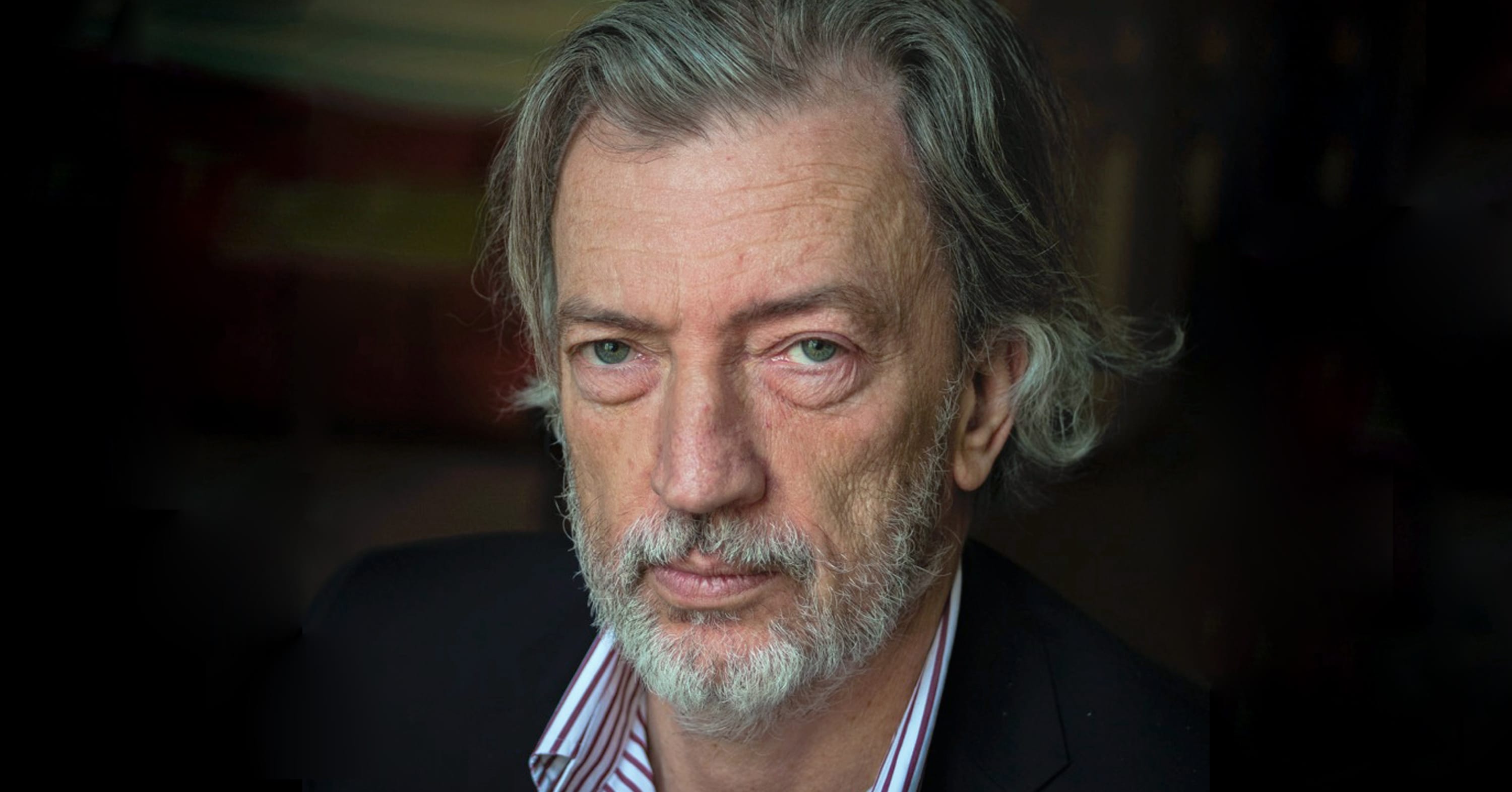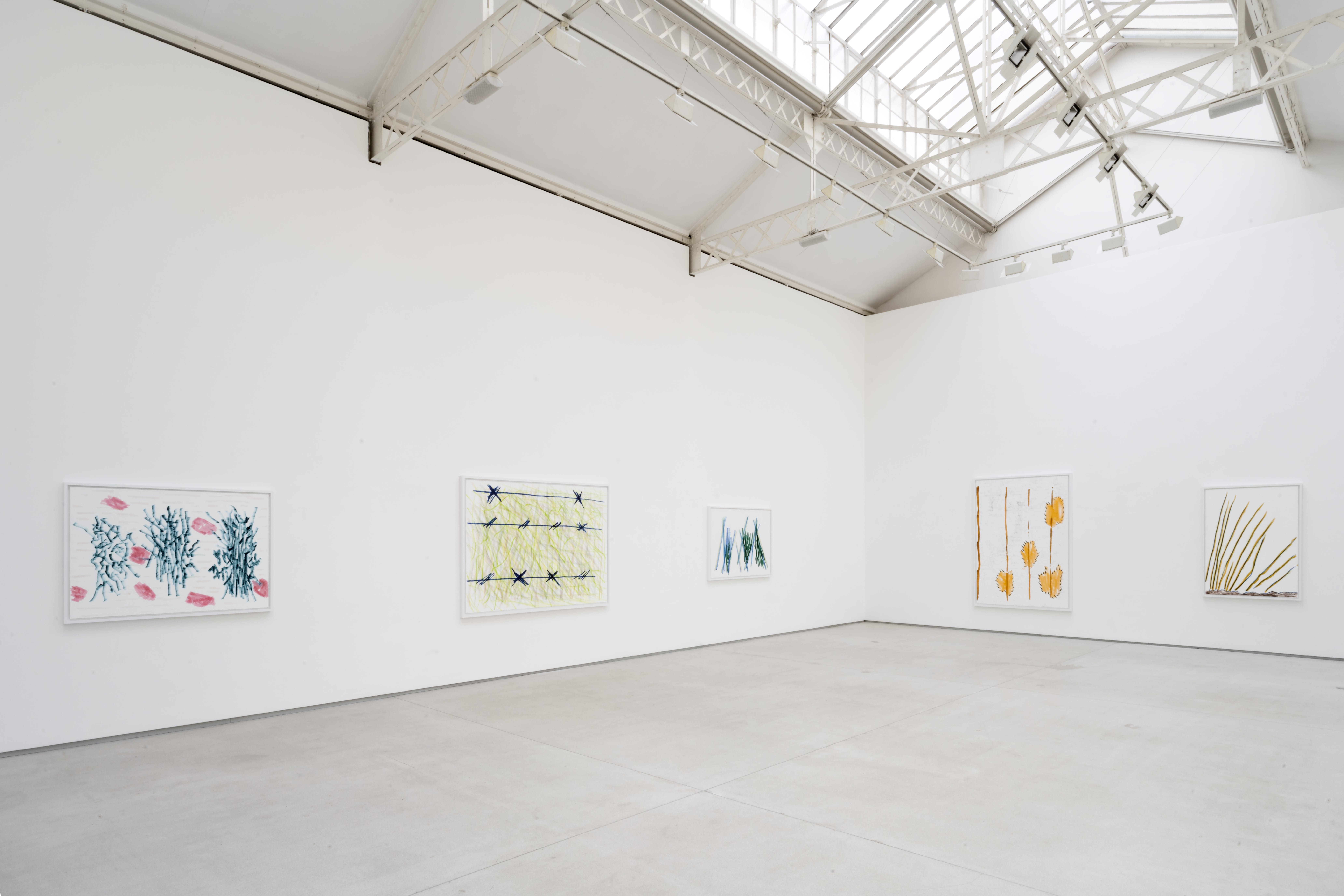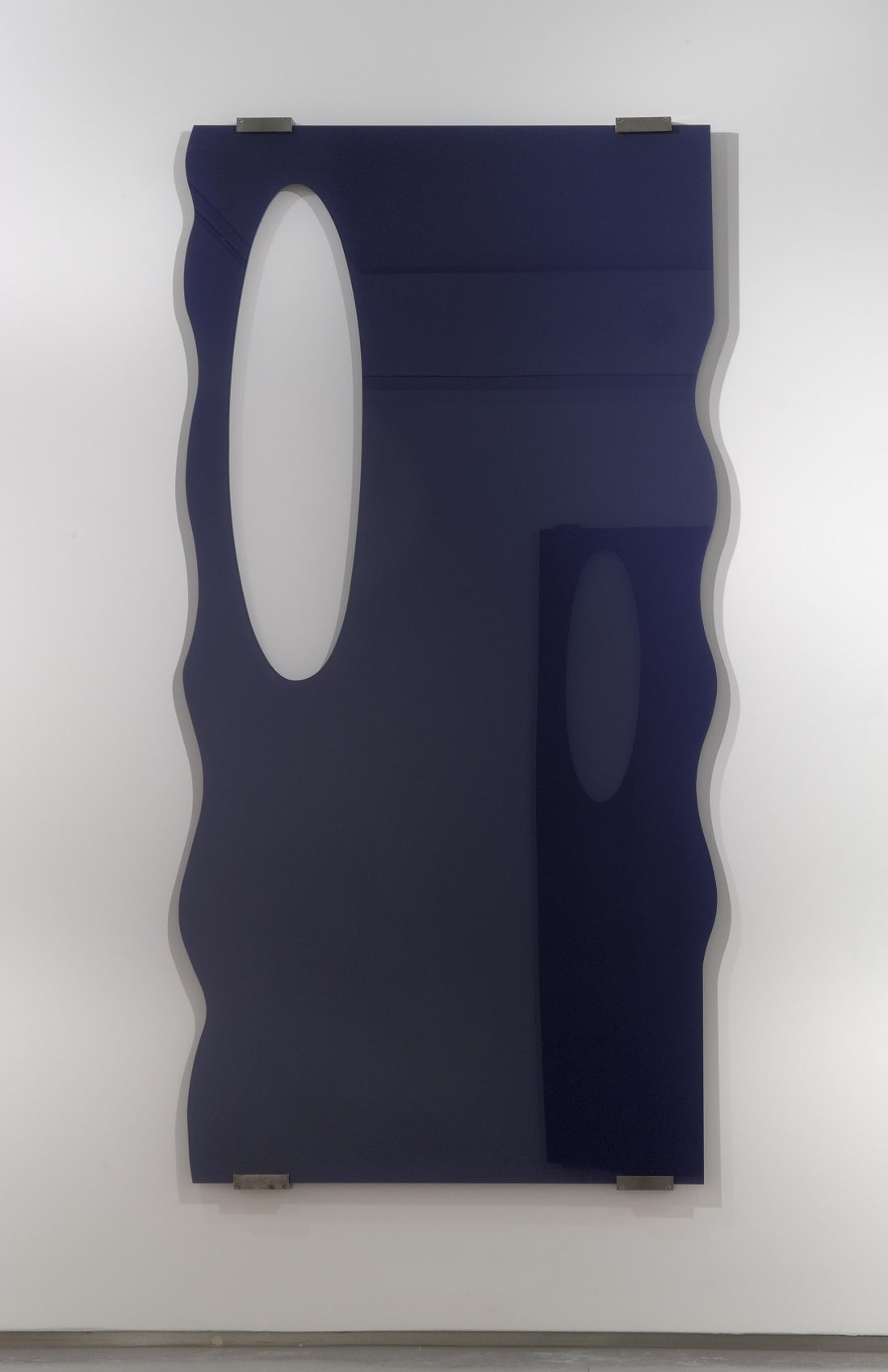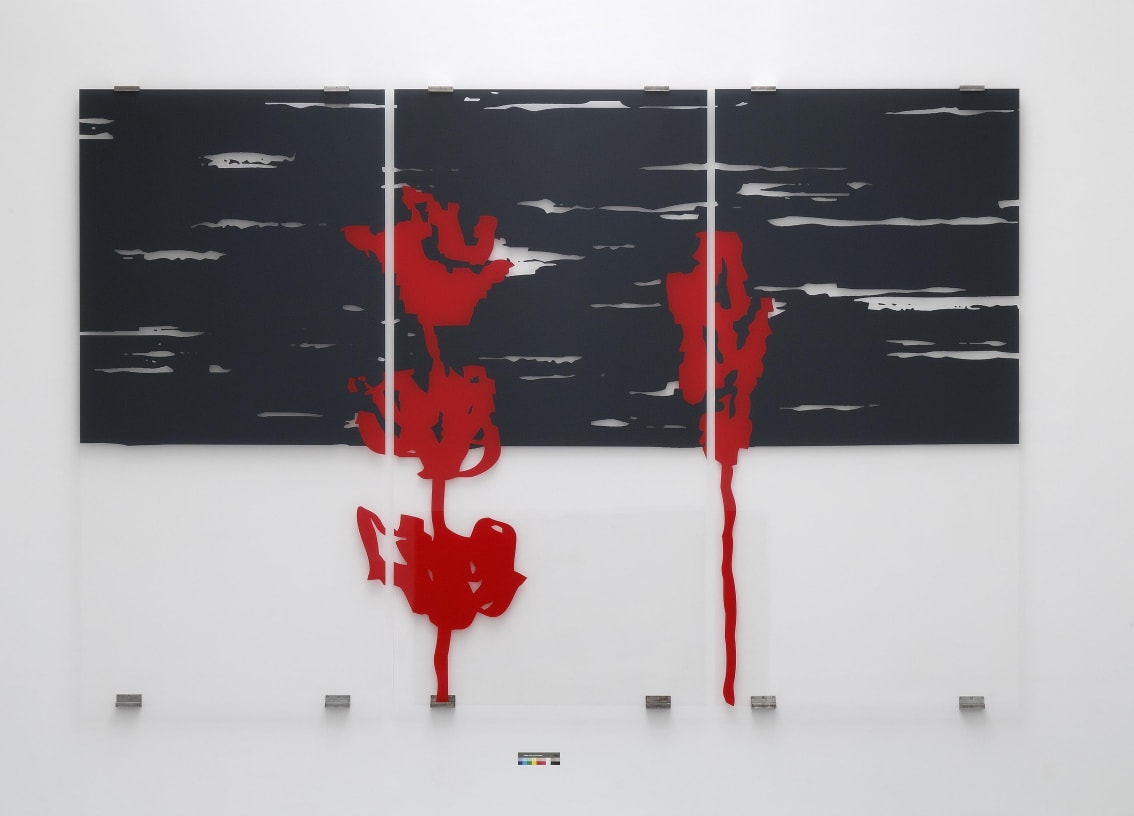

Jean–Marc Bustamante
Overview
'The landscape is a frame, but with many things inside. So I like to use landscape as a metaphor in life.'
Since the 1980s, the work of Jean-Marc Bustamante has developed through a constant exchange between sculpture, painting and photography, with his keen interest in architecture and landscape playing a key role in his material experimentation. In 1978, he produced his first 'photographic paintings', depicting in large format and colour various views of houses and buildings located on the outskirts of cities. Devoid of characters, these images were intended to 'fix a slow movement, that of the earth, but also that of decivilization'. Persistently questioning the ways in which we perceive reality, his sculptural works in the Interiors series are 'reminiscences of cut objects related to the body', which were created alongside his Landscapes consisting of abstract objects, wall reliefs or sculptures.
Between 1983 and 1987, he created furniture and objects collaboratively with fellow artist Bernard Bazile under the name BazileBustamante, in part as a reaction against the dematerialisation of the object in Conceptual art. To create his Lumières series (1987–93), Bustamante re-photographed black-and-white images from architecture reviews of the 1930s and 1960s, silkscreening them onto transparent plexiglass which transforms their appearance. He uses the same technique to create his celebrated Panoramas (2002– ), enlarged abstract drawings in ink on plexiglass, which introduce a new relationship between these hybrid objects and the wall behind them. In 2003, characters appeared in his photographs for the first time, when he conceived Le Pavillon des Amazones as a 'pagan chapel' for the Venice Biennale, in which he combined photographic portraits, paintings and abstract drawings on plexiglass.
Since the 1980s, the work of Jean-Marc Bustamante has developed through a constant exchange between sculpture, painting and photography, with his keen interest in architecture and landscape playing a key role in his material experimentation. In 1978, he produced his first 'photographic paintings', depicting in large format and colour various views of houses and buildings located on the outskirts of cities. Devoid of characters, these images were intended to 'fix a slow movement, that of the earth, but also that of decivilization'. Persistently questioning the ways in which we perceive reality, his sculptural works in the Interiors series are 'reminiscences of cut objects related to the body', which were created alongside his Landscapes consisting of abstract objects, wall reliefs or sculptures.
Between 1983 and 1987, he created furniture and objects collaboratively with fellow artist Bernard Bazile under the name BazileBustamante, in part as a reaction against the dematerialisation of the object in Conceptual art. To create his Lumières series (1987–93), Bustamante re-photographed black-and-white images from architecture reviews of the 1930s and 1960s, silkscreening them onto transparent plexiglass which transforms their appearance. He uses the same technique to create his celebrated Panoramas (2002– ), enlarged abstract drawings in ink on plexiglass, which introduce a new relationship between these hybrid objects and the wall behind them. In 2003, characters appeared in his photographs for the first time, when he conceived Le Pavillon des Amazones as a 'pagan chapel' for the Venice Biennale, in which he combined photographic portraits, paintings and abstract drawings on plexiglass.
Born in Toulouse in 1952, Bustamante lives and works in Paris. He participated in documenta 8, 9 and 10 (1987, 1992, 1997). His work has been shown in numerous solo exhibitions, including at the Musée d'Art moderne de Paris; Galerie Nationale du Jeu de Paume, Paris; Stedelijk Van Abbemuseum, Eindhoven, Netherlands; Kunstmuseum Wolfsburg; Tate, London; Deichtorhallen Hamburg; Yokohama Museum of Art; Kunsthaus Bregenz; Musée d'Art Moderne de Strasbourg; Musée des Arts Contemporains du Grand Hornu; Henry Moore Institute, Leeds; and Villa Medici, Rome. He taught sculpture at the Rijksakademie in Amsterdam from 1990 to 1995 and at the Kunstakademie in Munich from 2009 to 2015, and was the director of the Ecole Nationale Supérieure des Beaux Arts in Paris from 2015 to 2019.
Videos












































































































































































































